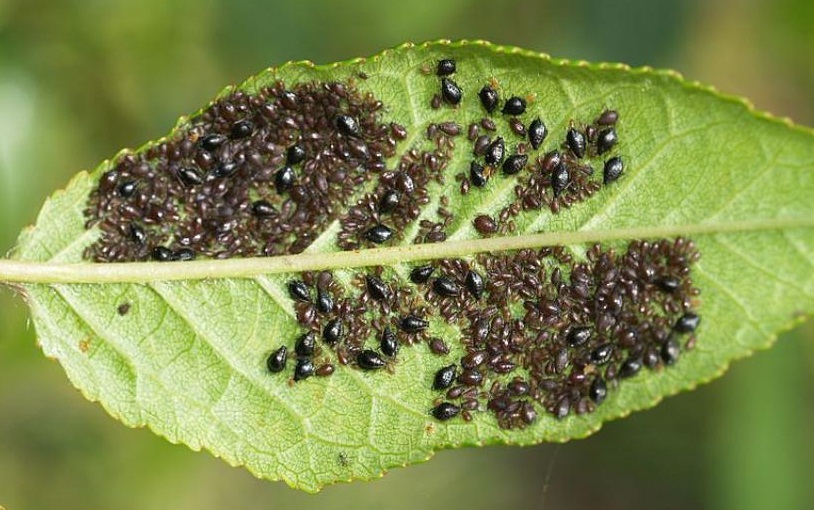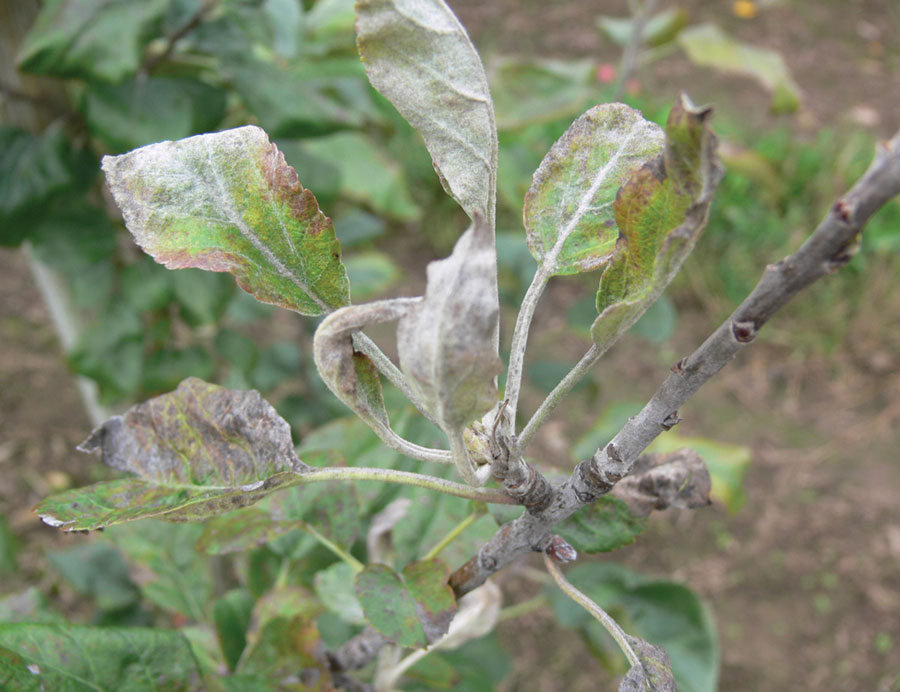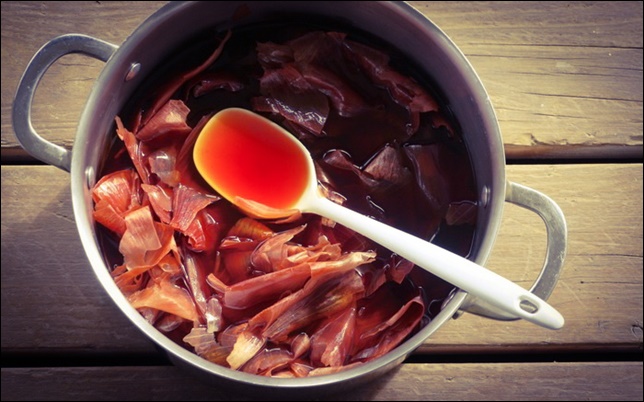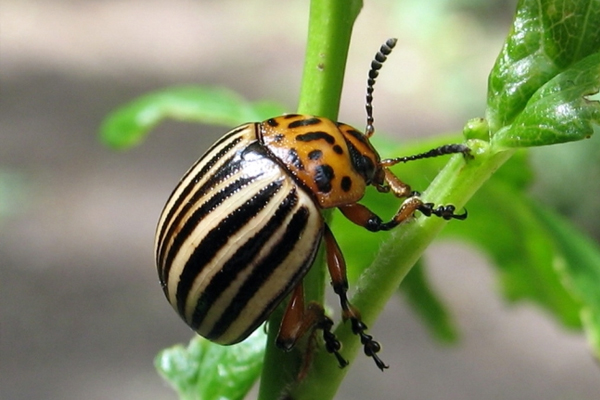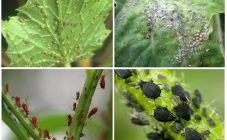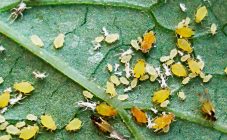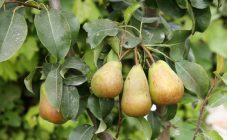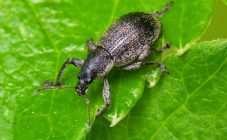Like other crops, the peach is often attacked by pests. The peach aphid is considered the most dangerous and common problem. Beetles on a peach appear with the onset of heat, in May, and do not leave the plant until the end of the growing season.
Despite its small size, the insect brings irreparable harm: it spoils the flowering of buds, destroys the young shoot and foliage, and harms the fruit ovary. As a result, even in a fertile year, you should not expect a harvest. Further on how to deal with aphids on a peach, effective preparations and folk methods used by experienced gardeners.
Aphid causes and consequences
Aphids are small bugs on the trunk of a peach, no more than 3 mm in length. The usual habit of insects is in colonies; in warm weather, at least 20 generations of insects are born. Already in the last summer days, individuals with wings can be seen, which later fly to other plants. Aphids on peaches can be of the following types:
- Large peach;
- Green;
- Bloody black.
Before processing trees, it is necessary to determine the presence of pests. Aphids on peach leaves and stems are distinguished by the following features:
- The bloody black species is characterized by an accumulation of colonies that are easy to notice when examining the plant;
- The back side of the foliage is considered a common habitat for insects;
- A sticky layer is seen on the buds, secreted by pests;
- The process of dying off the tops of the plants begins;
- The insect drinks the juices from the foliage, which leads to its curling into tubes, drying out and the appearance of spots;
- Inside the leaf tubes, you can observe insects of different colors, depending on the variety.
The activity of the black blood aphid and other species is a danger to young seedlings. Pest colonies can cause foliage discoloration, shrinkage and curling. Flowering begins to fall off and dry. The large peach species is characterized by the suction of juices from the bark and branches. For severe damage, the bark and branches are covered with wet and sticky mucus, the leaves turn red, curl up in a tube, and may fall off prematurely.
It is typical for the black species to populate the peach crown in early spring, and by the beginning of summer it migrates to plants of other crops. Most often, pests prefer legumes. The bulk of aphids on peach trees are female, which contributes to the rapid birth of new insect colonies. The development of a black sooty fungus is often provoked by a black aphid.
Powdery mildew on a peach is a dangerous crop disease. Like the damage from aphids, shoots, deciduous parts and crops are affected by the disease. A sign of a lesion is the presence of white spots, which harden and darken over time. The fungal infection is easily spread by the wind. The dry season is an excellent period for the growth and development of the fungus. You can get rid of it by removing the affected areas, disposing of them.
Mechanical treatments
When aphids appear on a peach with what to treat and when, not all gardeners know.Many experienced owners believe that there is no need to rush to spray the tree with chemicals. There are effective mechanical treatments. Effective agricultural techniques are:
- Washing off pests with water. The first step is to pull out all the weed around the infected trees, remove everything in the root zone. Then you can start stripping the old layer of bark on the branches and trunk. Now you can start flushing. Wash the plant with a jet under high pressure until the insects disappear ;
- Planting spices around affected trees. Aphids do not tolerate the smell of herbs. Such treatment not only helps to rid the trees of insects, but is also considered an excellent prevention. Planted dill works well, attracting ladybugs and other aphid-eating insects. Mint and calendula bushes repel pests with a strong, specific smell ;
- Knocking down bugs with improvised items: brooms, a brush. It's good to use this method when the trees are small ;
- Removal of areas affected by the pest: foliage, bark from the trunk, branches. After the removed parts must be burned, outside the garden ;
- Create a belt around the trunk. The tree is wrapped in foil and spread with resin. The resulting belt does not allow ants to climb, which spread the infection around the garden ;
- With the arrival of autumn, the root area is covered with ash and well poured with boiling water. Dissolved ash, absorbed into the root, gives a bitterness that flushes off aphids. In addition, poured boiling water kills insect larvae deposited under the bark at the bottom of the plant.
In cases where agricultural techniques do not give the expected effect, you can always use a chemical preparation. When resorting to such methods of struggle, it is worth considering the peculiarities of use, as well as the periods allowed for processing.
The beginning of spring, before the first leaves appear, is the ideal time to spray the trees from aphids. It is not forbidden to treat plants during the flowering period. An insecticide is used to control pests. The poisonous substance is absorbed into the foliage and, entering the body with juice, paralyzes insects. After that, the bugs die within 3 days.
If powdery mildew appears on a peach, the control measures are similar. Topsin or Topaz is used in a mixture with poison. Among experienced gardeners, the following chemicals are considered the most effective in the fight against aphids:
- Karbofos ;
- Aktara ;
- Confidor ;
- Bottom.
Folk methods of struggle
To combat aphids at any time, you can use the folk method. Homemade recipes are not only actively used by experienced gardeners themselves, but also recommend their use to beginners. Effective processing methods:
- Infused onion peel. The collected husk must be poured with water, boiled for 15-20 minutes. Then insist in a closed container for at least 5 days. Strain before use and mix with grated laundry soap without diluting any more with water. You can spray trees with the mixture ;
- Garlic tincture. It is necessary to finely chop 200-300 gr. garlic, pour a liter of cool water. Leave to stand for a day. Then add half of the laundry soap, dilute with the right amount of water and use for spraying ;
- A mixture of spices. You will need cinnamon, red pepper, black pepper, mustard, salt, baking soda and ash. Mix everything in equal parts, pour warm water. Add soap there. The mixture is diluted with 9 liters of water. After processing, the procedure must be repeated with a week break ;
- Infusion of tobacco. Take 250 gr.tobacco (tobacco powder), insist in 10 liters of water for 3 days. Add soap, use as directed.
In order not to have to deal with pests in the midst of fertility, tree diseases should be prevented. In order to protect the plants, they are processed every few months. Preventive treatments are not carried out only in winter.
